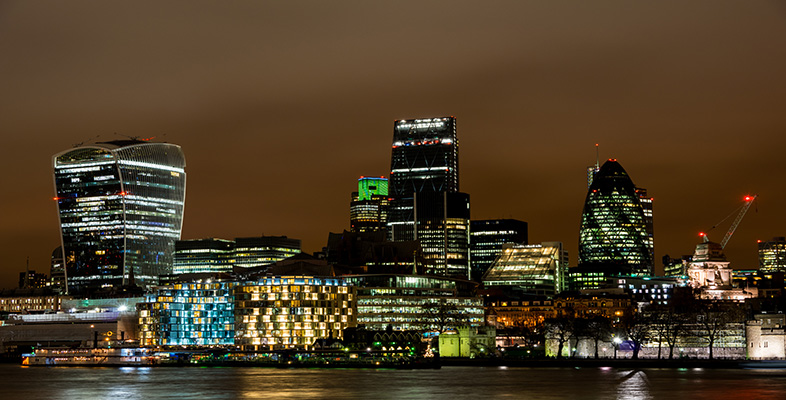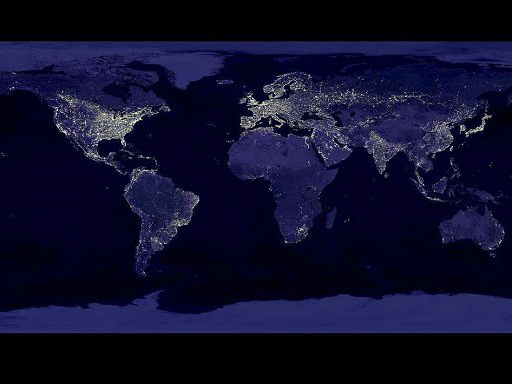4.2 The globalisation of urbanisation
Harvey’s analysis of what he calls ‘the urbanisation of capital’ (Harvey, 1985) identifies a constant tension in urban processes of economic growth. As the fixed patterns of built environments and material infrastructures are configured to enable the ongoing circulation of capital, there comes a point when these patterns come to act as a drag on further profitability, rather than greasing the path for ongoing accumulation. This is the dynamic that, according to Harvey, characterises urban development under capitalism, a tension arising from the internal connection between fixity and mobility in the urban landscape. In this view, capitalist urbanisation:
… must negotiate a knife-edge between preserving the values of past commitments made at a particular place and time, or devaluing them to open up fresh room for accumulation. Capitalism perpetually strives, therefore, to create a social and physical landscape in its own image and requisite to its own needs at a particular point in time, only just as certainly to undermine, disrupt and even destroy that landscape at a later point in time. The inner contradictions of capitalism are expressed through the restless formation and re-formation of geographical landscapes.
Harvey’s causal narrative of the knife-edge between the construction of material infrastructures of movement and circulation, and the destruction of stable built environments and ways of life through which modern urbanisation emerges as such a powerful historical force, informs his account of how the crisis-dependent dynamics of urbanisation have now become the driving force in the generation of a whole host of global challenges. It is also the basis for his account of how the crisis tendencies of capitalist urban development open up opportunities for all sorts of political action to challenge and transform established patterns of urban development.
Activity 2
In his essay on The right to the city [Tip: hold Ctrl and click a link to open it in a new tab. (Hide tip)] , Harvey outlines how the dynamics of global financial crisis in the two decades from the mid-1990s onwards was intimately related to urbanisation processes. As you read, focus on the first three paragraphs after the subheading ‘Girding the globe’. You might want to keep in mind the ‘knife-edge’ metaphor that you have already seen is so important to Harvey’s analysis of ‘creative destruction’, and think about how the relationships captured by this image are worked through in this account.

